Rosie Manning Breaks Down Accessibility Barriers in the Tunnel
Raise your hand if someone you know has been seriously injured on a skydive. Everybody? Right. Now -- keep your hand raised if that inspired you to invent a whole new apparatus to get your friend back into flight mode. I’m willing to bet that very, very few hands have stayed raised. One of them is Rosie Manning’s.
The first thing you should know about Rosie Manning is that her lissome form and noon-in-July demeanor might easily fool you. She’s sweet almost to a fault -- but then you start to realize that she has you direly outgunned in the brains department. This mechanical engineer can think in circles around most folks (and then take you to the tunnel and fly in circles around them -- but more on that later). If you ask her, she delicately shrugs it off as a survival instinct.

“When you study engineering as a girl,” she notes, “You’re already in an uphill battle. There were 200 guys and 9 girls in my degree. From day one, I was going against the wind.”
As it turns out, Rosie thrives against the wind. She and one of the other nine girls in the program (Emily Whatton, a dynamo in her own right) joined the university’s skydiving club. At first, it was a lark, but by year two, both girls were hooked. Time flew. For the fourth and final year, the program participants were tasked with an individual project which made up the bulk of the students’ final grade -- and Rosie knew exactly what hers was going to be. It was that year -- 2016 -- that UK skydiver Ben White injured himself during a swoop. He came out of it alive, but paraplegic. Rosie figured she could use her project to help.
“I was heavily addicted to skydiving at this point,” Rosie remembers, “and I really wanted to do a project that was skydiving-related. I had an idea.” Rosie sent Ben a message: How interested would you be in letting me design something for you to help you fly in the wind tunnel again? Unsurprisingly, he was entirely up for it. Bonus: Ben himself had studied robotics at university, so the process was uniquely collaborative.
So far, so good: But there was still a baffled academia who had to buy in.
“The first time I pitched the idea of the project to my tutor,” Rosie laughs, “He said, ‘Okay, so you’re telling me you want to throw a paraplegic person out of an airplane?’ Um...no. Then I spoke to quite a few of my other teachers about it to get some advice. They all told me it wouldn’t be possible.”
“I just didn’t listen,” she grins. “I went and did it anyway.”
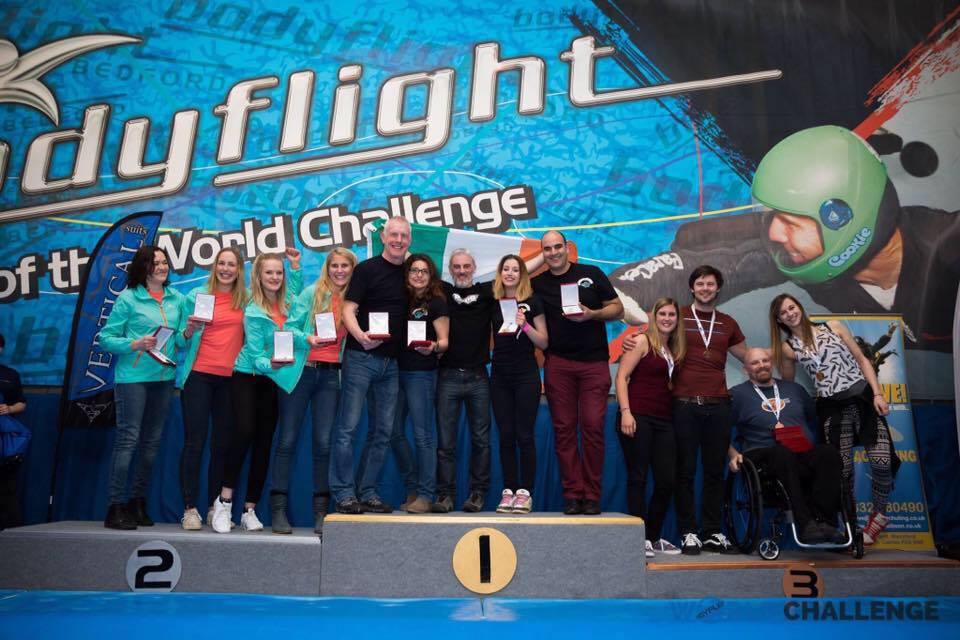
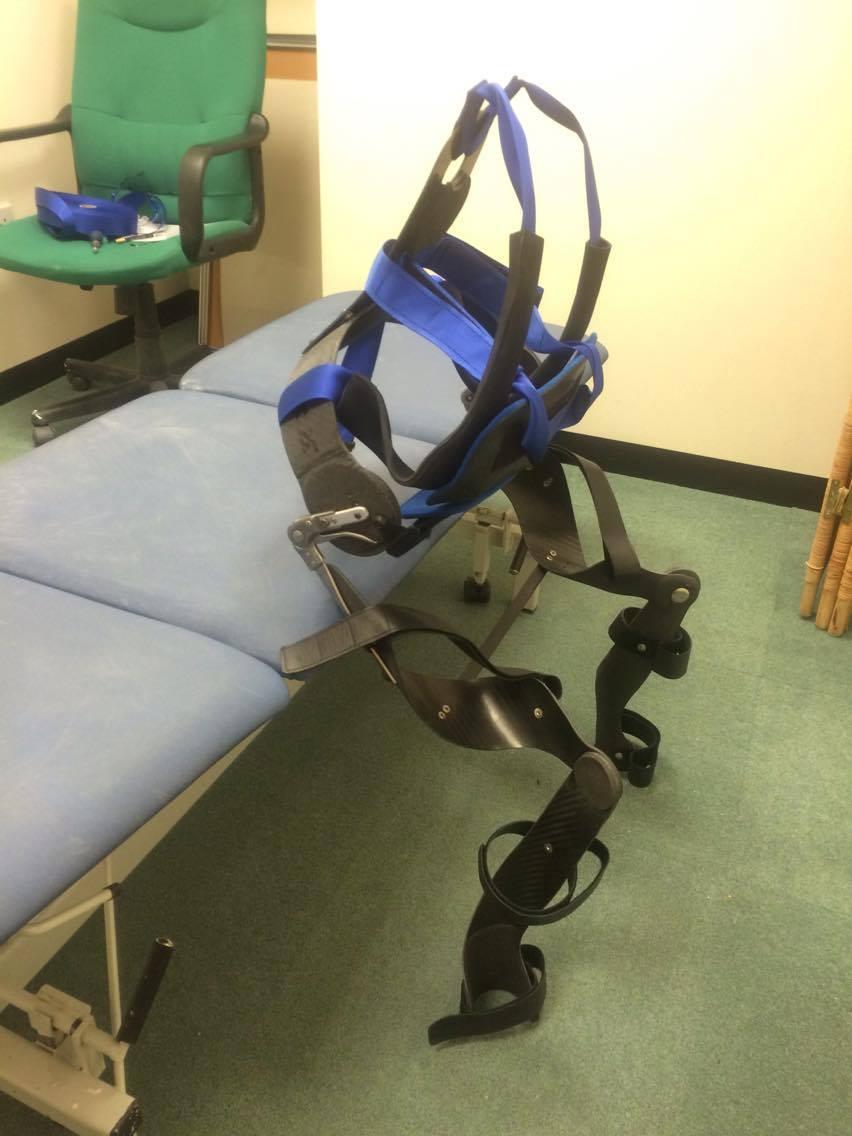
Rosie, with Ben’s collaboration, set about designing a brace that would support Ben’s lower body for the purpose of tunnel flying. First problem: the university only allowed for a total project budget of 100 pounds.
To solve her problem, she asked for help. Rosie went to a long list of orthopedic and prosthetic companies. Finally, she had a lucky break: she got an email back from a company in the UK called TruLife, whose Head of R&D, Shane Nickson, was a keen skydiver. He offered funding and help with manufacturing. TruLife ended up custom molding the carbon-fiber-and-titanium brace to Rosie’s design.
The second challenge: tunnel time. This wasn’t too tough, luckily, as the owner-at-the-time of the UK’s Bodyflight Bedford was a super-cool guy who was happy to donate tunnel time to the project. Score.
The third big roadblock was, again, academia. And it was a whopper.
“We struggled making the project fit the specifications the university wanted,” she explains, “because the university wants you to show your preparation; the calculations; the justifications for all the choices.” In order to meet the requirements, the team had to build an external sensor system that would measure the angle of the wearer’s legs in different orientations: belly flying; back flying; free flying. From that data, they worked out the forces that would act on the wearer’s legs in each position to determine the required strength of the brace.
“That actually took up a lot of the project,” Rosie notes. “And Ben was a huge help with that because he was a robotics guy, so he knew loads about the programming that was required.”
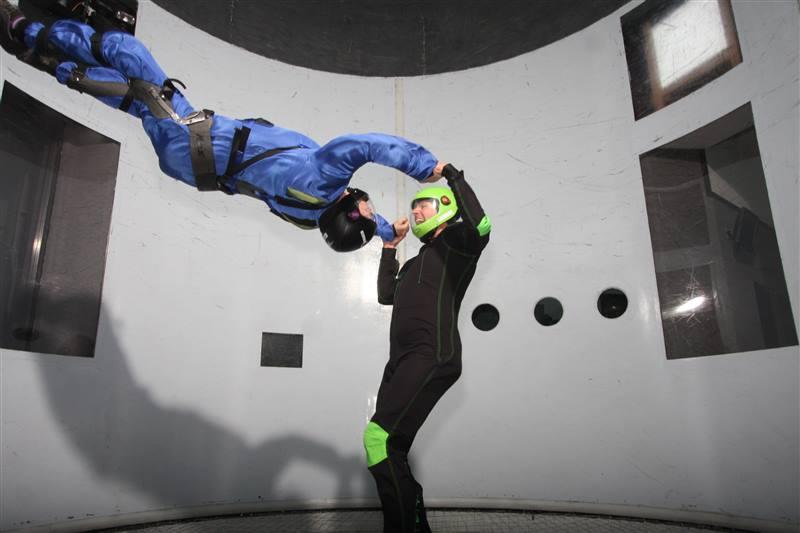
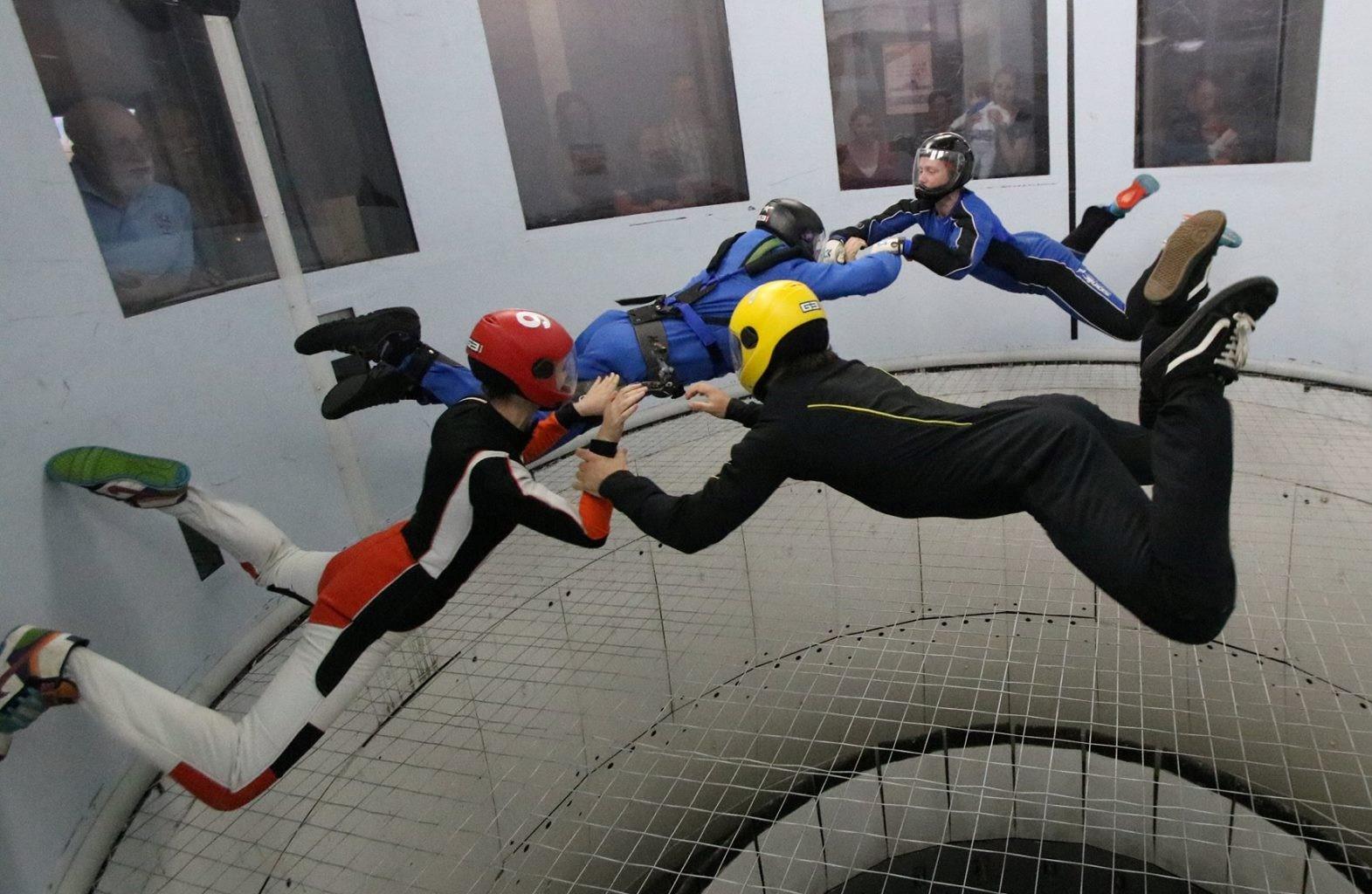
After they finished the project -- after Rosie had left university -- she, Ben and two other friends entered the World Challenge in the rookie category.
“There were only four teams in the category,” she remembers, “but it ended up being this huge battle with another team for third place. We just beat them, and I think the fact that our team beat another team that was completely able-bodied was probably the best day of this whole thing. We went up to collect our medals -- Ben, in his chair -- and we got the biggest cheer.”
Such a triumphant, happy moment, no? But it came at such a confusing time.
“To be honest, when I finished my degree, I honestly had no idea what I wanted to do,” Rosie remembers. “I knew that I pretty much hated the first three years of my degree but absolutely loved the final year. If knew that, if I was going to do engineering, it needed to be something I wanted to do -- something sport related -- because that’s what I love doing.”
“I knew that going into a scheme with a huge company wasn’t for me,” she continues. “It would have been a super easy thing to do. Pretty much everyone in my degree went and did that because it’s the next step in the system they’ve set up for you. I didn’t know what I wanted to do, exactly, but I know I don’t want to do that.”
So: Rosie and her friend Emily Whatton took off. The pair went traveling for a year with their partners -- also skydivers -- and the tiny amount of money the foursome had managed to save up. While on the road, Emily and her partner were offered jobs as tunnel instructors at Sirius Sport Resort in Finland. Six months later, Rosie got the call and joined them. While there, Sirius backrolled Rosie’s build of another tunnel mobility brace and started welcoming even more adaptive athletes into the bodyflight community, a fact of which Rosie is understandably proud.
“Currently, there are two separate frames --” she explains, “a smaller one and a larger one, with different-sized straps that can be fitted with either one. If you have someone tall and skinny, you can use the longer frame with the shorter straps, and vice versa. For kids, we use the small frame and the smaller straps.”
“It was quite hard to build it without really knowing what sizes of people we were going to get,” she adds, “but I was pretty pleased because the system can accommodate anyone from a tiny 8-year-old up to a fairly massive guy.”
Users report that the biggest challenge for the adaptive flyer is fitting the brace to the body, because it has to go underneath their legs while the flier is seated in their wheelchair. Once they’re assisted from the chair into the airflow, it’s pretty much a snap.
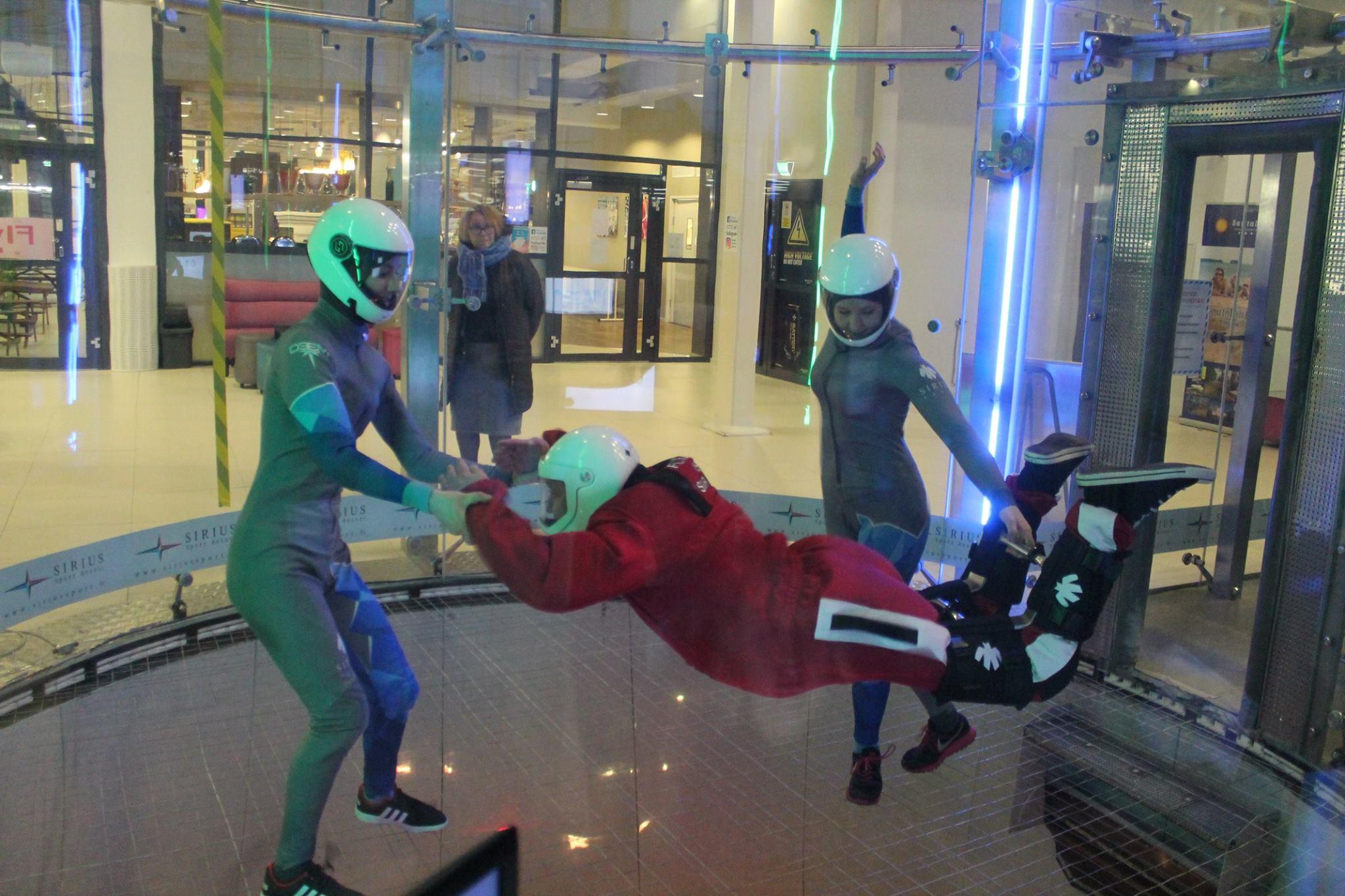
“[The brace] is at a set angle,” Rosie says, “so fliers with shorter legs have more forward drive and fliers with longer legs have more backward drive for him. That’s easy to manage; we just make sure that, when we brief them, we emphasize that they need to be really relaxed in the arms because we’re going to need to adjust the arm and hand position to counteract any drive that produces. Every [adaptive athlete] we’ve flown with so far seems to take that on board really well, and they fly beautifully.”
The photos of Rosie’s adaptive athletes really speak for themselves.
“I mean, it is fantastic,” Rosie enthuses. “I think that flying and skydiving is the greatest sense of freedom you can experience in this life. For an adaptive athlete -- someone that, maybe for their whole life, has been confined to a wheelchair -- it is a feeling that is like no other. Sharing that is super rewarding. I want to do a lot more of it.”
Rosie recently relocated to work at a wind tunnel in Canada, but she certainly hasn’t abandoned that dream. Currently, she plans on taking her design in two different directions: continual development on the first-timer model, as well as a model designed for the specific needs of adaptive sport flying.
“We got [Ben White] belly flying and back flying in the current design,” she explains, “but I want it to be able to do more. Ultimately, we want a design that makes freeflying possible. I’m thinking in baby steps -- take it to some low-speed back carving and belly carving; work up from there. I want to give anyone who wants to get involved in this sport the opportunity to progress in it as well.”

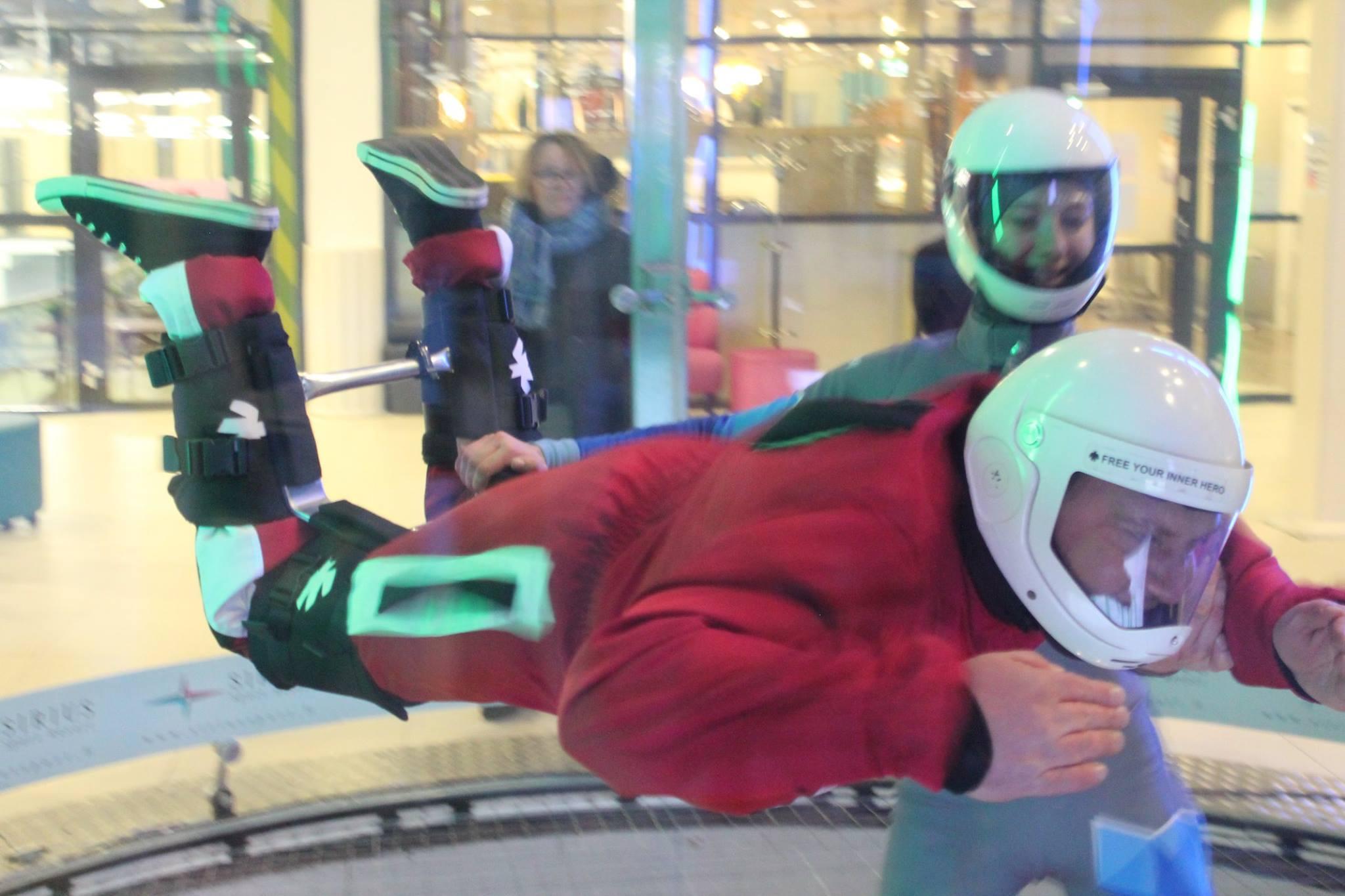



Join the conversation
You can post now and register later. If you have an account, sign in now to post with your account.
Note: Your post will require moderator approval before it will be visible.